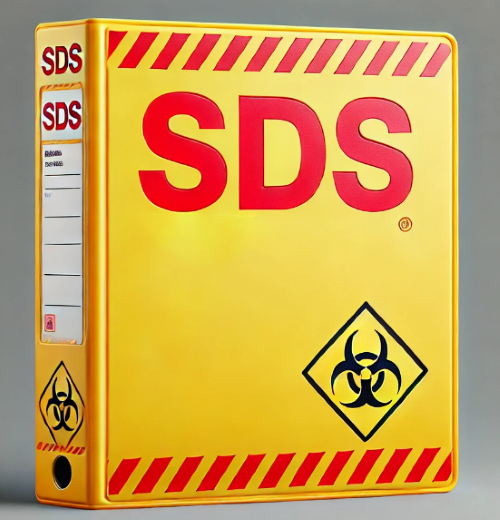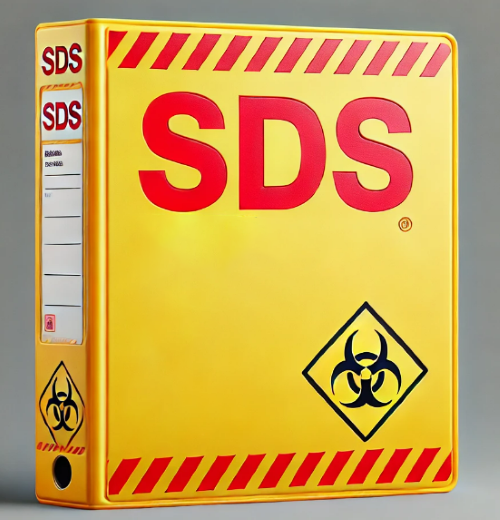MSDS Of Tungsten Hexafluoride
1 Identification of the Substance
|
Product Name |
Wolfram(VI)-hexafluoride |
|
Formula |
F6W |
|
CAS Number |
7783-82-6 |
|
Supplier |
Stanford Advanced Materials 23661 Birtcher Dr., Lake Forest, CA 92630 Telephone: (949) 407-8904 Email: sales@samaterials.co.uk |
|
Recommended Applications |
Laboratory chemicals, synthesis of substances |
2 Composition / Component Data
Constituent: Wolfram hexafluoride
CAS No.: 7783-82-6
%: 100
EC#: 232-029-1
3 Hazard Identification
GHS Classification in accordance with 29 CFR 1910 (OSHA HCS)
Compressed gas; H280
Acute toxicity, Oral (Category 3); H301
Acute toxicity, Dermal (Category 3); H311
Corrosive to skin (Category 1B); H314
Causes serious eye damage (Category 1); H318
4 First Aid Measures
|
General Advice |
Seek medical advice immediately. Present this safety data sheet to the attending physician. Remove the affected individual from the hazard area. |
|
After Inhalation |
If inhaled, move the individual to fresh air. If breathing ceases, perform artificial respiration. Consult a doctor. |
|
After Skin Contact |
Remove contaminated clothing and footwear immediately. Wash the affected area with soap and plenty of water. Transport the individual to hospital promptly. A treatment with calcium gluconate paste is recommended. |
|
After Eye Contact |
Rinse eyes with water for at least 15 minutes, keeping eyelids apart. Continue rinsing during transport to hospital. |
|
After Ingestion |
Rinse mouth with water. Seek medical attention. Do not induce vomiting and never give anything to an unconscious person. |
5 Fire-fighting Measures
Suitable Extinguishing Media: Use spray water, alcohol-resistant foam, dry chemical, or carbon dioxide.
Fire-fighting Advice: During fire-fighting, use a self-contained breathing apparatus if necessary.
6 Accidental Release Measures
|
Personal Safety Precautions |
Wear respiratory protection. Prevent inhalation of vapours, mists or gases. Ensure adequate ventilation. Evacuate persons to a safe area. |
|
Environmental Protection Measures |
Prevent further leakage or spillage where it is safe to do so. Do not allow material to enter the environment without permission from the authorities. |
|
Cleaning/Recovery Procedures |
Clean immediately by sweeping up or vacuuming. |
For advice on safe handling, see Section 7.
For information on personal protective equipment, see Section 8.
For details on disposal, see Section 13.
7 Handling and Storage
Handling: Avoid contact with skin and eyes. Prevent inhalation of vapours or mists.
Storage: Keep the container tightly closed. Store in a cool, dry, and well-ventilated area.
Advice for shared storage areas: Do not store together with oxidising or acidic substances.
Specific End-use(s): Other than the uses mentioned in Section 1, no further specific applications are prescribed.
8 Limitation and Monitoring of Exposure and Personal Protective Equipment
|
Component |
CAS No. |
Type |
Exposure Limit (mg/m³) |
Basis |
|
Wolfram(VI)-fluoride |
7783-82-6 |
TWA |
2.5 |
USA. Occupational exposure limits (OSHA) – Table Z-1 for airborne contaminants |
|
Remarks |
CAS Number varies according to the compound |
|||
|
TWA |
2.5 |
USA. OSHA – Table Z-2 |
||
|
Z37.28-1969 |
||||
|
TWA |
2.5 |
USA. ACGIH threshold limit values (TLV) |
||
|
Bone damage due to fluorosis. Biological exposure indices exist (see Section BEI). Not classified as carcinogenic to humans; the value varies |
||||
|
TWA |
5 |
USA. ACGIH threshold limit values (TLV) |
||
|
Irritation of the lower respiratory tract; value varies |
||||
|
STEL |
10 |
USA. ACGIH threshold limit values (TLV) |
||
|
Irritation of the lower respiratory tract; value varies |
||||
|
TWA |
5 |
USA. Recommended NIOSH exposure limits |
||
|
ST |
10 |
USA. Recommended NIOSH exposure limits |
||
|
TWA |
2.5 |
USA. ACGIH threshold limit values (TLV) |
||
|
Bone damage due to fluorosis. Biological exposure indices exist (see Section BEI). Not classified as carcinogenic to humans; the value varies |
||||
|
TWA |
2.5 |
USA. Occupational exposure limits (OSHA) – Table Z-1 for airborne contaminants |
||
|
ST |
5 |
USA. ACGIH threshold limit values (TLV) |
||
|
Irritation of the lower respiratory tract; value varies |
||||
|
STEL |
10 |
USA. ACGIH threshold limit values (TLV) |
||
|
Irritation of the lower respiratory tract; value varies |
||||
|
TWA |
2.5 |
USA. ACGIH threshold limit values (TLV) |
||
|
Bone damage due to fluorosis. Biological exposure indices exist (see Section BEI). Not classified as carcinogenic to humans; the value varies |
||||
|
TWA |
5 |
USA. Recommended NIOSH exposure limits |
||
|
ST |
10 |
USA. Recommended NIOSH exposure limits |
||
|
TWA |
2.5 |
USA. OSHA – Table Z-1 for airborne contaminants |
||
|
PEL |
5 |
California exposure limits for chemical contaminants (Title 8, Article 107) |
||
|
STEL |
10 |
Permissible California contaminant limits (Title 8, Article 107) |
||
|
PEL |
2.5 |
Permissible California contaminant limits (Title 8, Article 107) |
||
Biological Workplace Exposure Limits
|
Constituent |
CAS No. |
Parameter |
Value |
Biological Specimen |
Basis |
|
Wolfram(VI)-fluoride |
7783-82-6 |
Fluoride |
3,0000 mg/g |
In urine |
ACGIH – Biological Exposure Indices (BEI) |
|
Remarks |
Before the shift (16 hours after the end of exposure) |
||||
|
Fluoride |
10,0000 mg/g |
In urine |
ACGIH – Biological Exposure Indices (BEI) |
||
|
At the end of the shift (as soon as possible after exposure) |
|||||
|
Fluoride |
2 mg/l |
Urine |
ACGIH – Biological Exposure Indices (BEI) |
||
|
Before the shift (16 hours after the end of exposure) |
|||||
|
Fluoride |
3 mg/l |
Urine |
ACGIH – Biological Exposure Indices (BEI) |
||
|
At the end of the shift (as soon as possible after exposure) |
|||||
9 Physical and Chemical Properties
|
Physical State |
Compressed Gas |
|
Colour |
Light yellow |
|
Melting Point / Range |
2.3 °C (36.1 °F) – litre |
|
Boiling Point / Range |
17.5 °C (63.5 °F) – illuminated |
|
Flash Point |
Not applicable |
|
Evaporation Rate |
No data available |
|
Flammability (solid, gaseous) |
No data available |
|
Upper/Lower Flammability or Explosion Limits |
No data available |
|
Vapour Pressure |
No data available |
|
Vapour Density |
No data available |
|
Relative Density |
No data available |
|
Water Solubility |
No data available |
|
Partition Coefficient: n-Octanol/Water |
No data available |
|
Auto-ignition Temperature |
No data available |
|
Decomposition Temperature |
No data available |
|
Viscosity |
No data available |
|
Explosive Properties |
No data available |
|
Oxidising Properties |
No data available |
10 Stability and Reactivity
Chemical Stability: Stable under the recommended storage conditions.
Conditions to Avoid: Prevent exposure to moisture.
Materials to Avoid: Avoid contact with water glass.
11 Toxicological Information
|
Acute Toxicity |
No data available |
|
Dermal |
No data available |
|
Ocular |
No data available |
|
Sensitisation |
No data available |
|
Germ Cell Mutagenicity |
No data available |
|
Carcinogenicity |
IARC: None of the components present in amounts equal to or exceeding 0.1% are classified by IARC as a probable, possible or confirmed human carcinogen. NTP: None of the components present in amounts equal to or exceeding 0.1% are identified by NTP as known or anticipated carcinogens. OSHA: None of the components present in amounts equal to or exceeding 0.1% are classified by OSHA as carcinogenic or potentially carcinogenic. |
|
Reproductive Toxicity |
No data available |
|
Aspiration Hazard |
No data available |
|
Additional Information |
RTECS: YO7720000 Fluoride ions may reduce serum calcium levels and potentially cause fatal hypocalcaemia. The material is highly corrosive to mucous membranes of the respiratory tract, eyes and skin. It may cause spasms, inflammation and oedema of the larynx, bronchi and lungs, resulting in symptoms including burning, coughing, wheezing, laryngitis, shortness of breath and headaches. Symptoms may be delayed. Prolonged or repeated exposure may lead to nasal septum perforation and excessive calcification of bones, ligaments and tendons. Gastrointestinal irregularities have been observed in human evidence. |
12 Ecological Information
|
Toxicity |
No data available |
|
Persistence and Degradability |
No data available |
|
Bioaccumulation Potential |
No data available |
|
Mobility in Soil |
No data available |
|
Results of PBT/vPvB Assessment |
PBT/vPvB assessment is not available as a substance safety assessment was not required/performed. |
|
Other Adverse Effects |
No data available |
13 Disposal Considerations
Product Recommendation: Offer surplus or non-recyclable solutions to a licensed disposal company. Contact a certified professional waste disposal service to dispose of this material.
Contaminated Packaging Recommendation: Dispose of in the same manner as unused product.
14 Transport Information
|
DOT Regulations |
UN Number: 2196 Class: 2.3 (8) Proper Shipping Name: Wolfram hexafluoride; Reportable Quantity (RQ): Inhalation hazard: Hazard Zone B |
|
IMDG |
UN Number: 2196 Class: 2.3 (8) EMS No.: F-C, S-U Proper Shipping Name: TUNGSTEN HEXAFLUORIDE |
|
IATA |
UN Number: 2196 Class: 2.3 (8) Proper Shipping Name: Wolfram hexafluoride IATA Passenger: Not authorised for transport IATA Cargo: Not authorised for transport |
15 Regulatory Information
15.1 Product-Related Hazard Statements
|
SARA 302 Components |
None of the chemicals contained in this material are subject to reporting under SARA Title III, Section 302. |
|
SARA 313 Components |
This material contains no chemical components with known CAS Numbers that exceed the thresholds (De Minimis) set out in SARA Title III, Section 313. |
|
SARA 311/312 Hazards |
Risk of sudden pressure release, acute health hazard, chronic health hazard. |
15.2 National Regulations
Massachusetts Right to Know Components
No components are subject to the Massachusetts Right to Know Act.
California Right to Know Components
This product contains no chemicals that the State of California has identified as causing cancer, birth defects or other reproductive harm.
Pennsylvania Right to Know Ingredients
|
Component |
CAS No. |
|
Wolfram(VI)-fluoride |
7783-82-6 |
New Jersey Right to Know Components
|
Component |
CAS No. |
|
Wolfram(VI)-fluoride |
7783-82-6 |
16 End of Data Sheet
This safety data sheet is provided solely for your information, consideration and investigation. Stanford Advanced Materials gives no express or implied warranties, and accepts no responsibility for the accuracy or completeness of the data contained herein.

 Bars
Bars
 Beads & Spheres
Beads & Spheres
 Bolts & Nuts
Bolts & Nuts
 Crucibles
Crucibles
 Discs
Discs
 Fibers & Fabrics
Fibers & Fabrics
 Films
Films
 Flake
Flake
 Foams
Foams
 Foil
Foil
 Granules
Granules
 Honeycombs
Honeycombs
 Ink
Ink
 Laminate
Laminate
 Lumps
Lumps
 Meshes
Meshes
 Metallised Film
Metallised Film
 Plate
Plate
 Powders
Powders
 Rod
Rod
 Sheets
Sheets
 Single Crystals
Single Crystals
 Sputtering Target
Sputtering Target
 Tubes
Tubes
 Washer
Washer
 Wires
Wires
 Converters & Calculators
Converters & Calculators
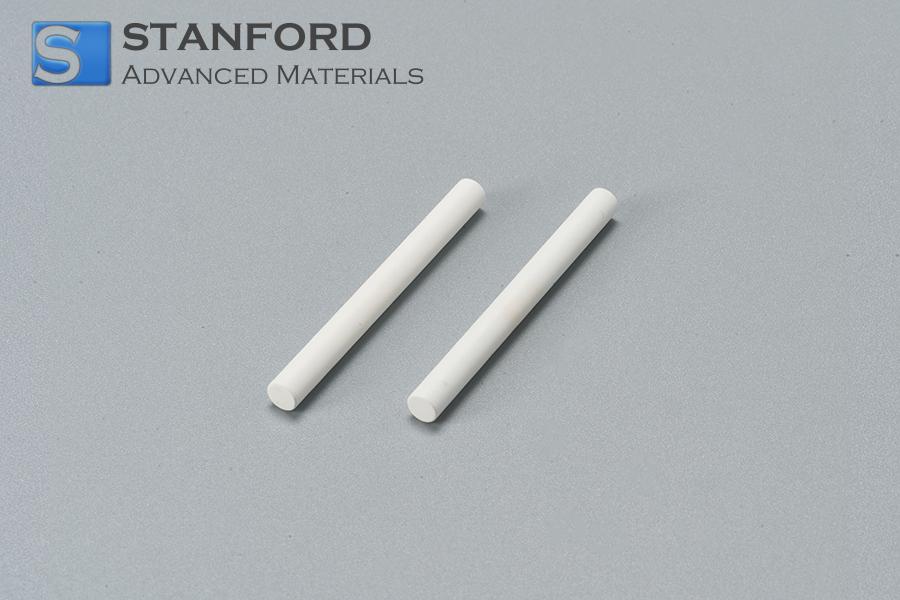
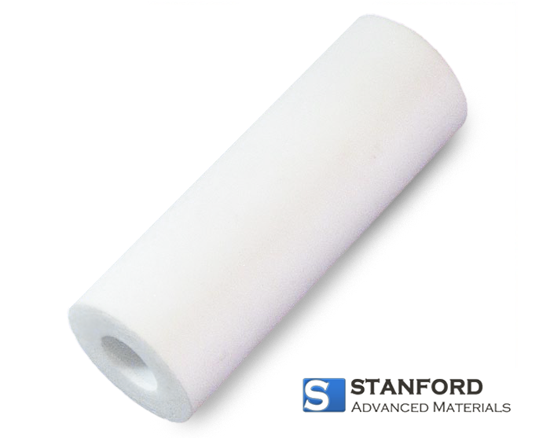
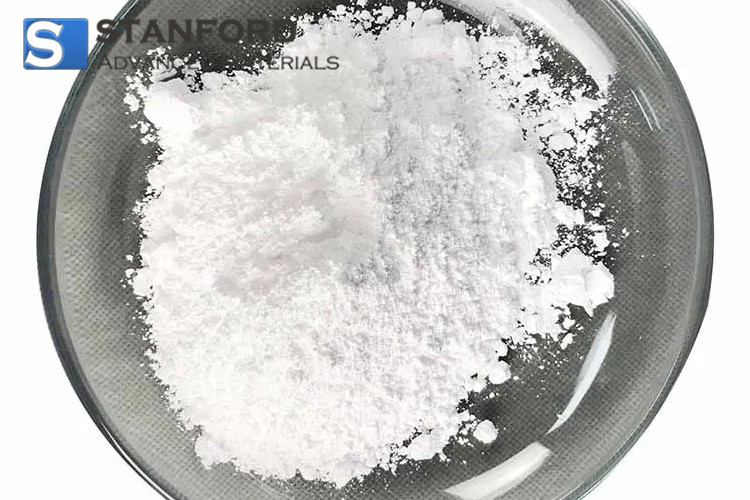
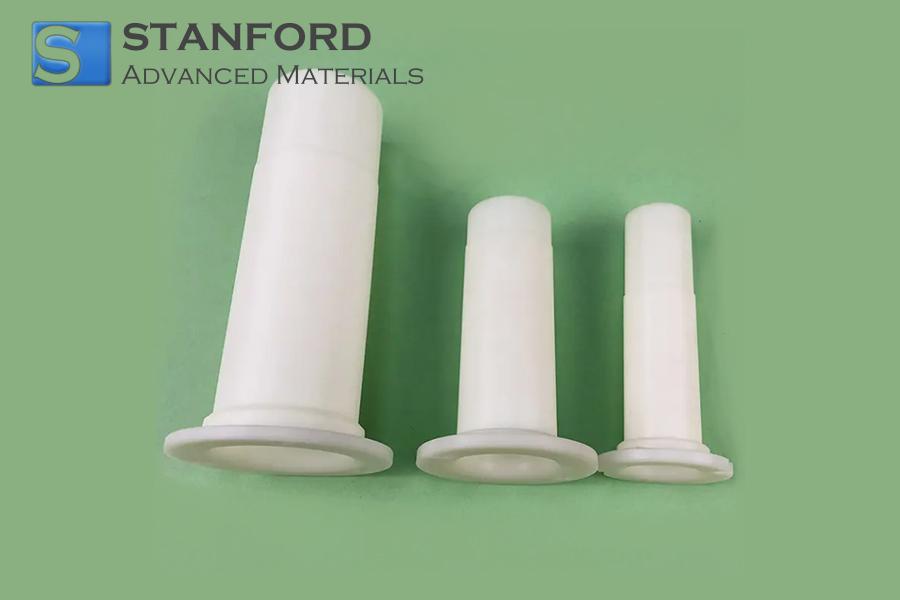
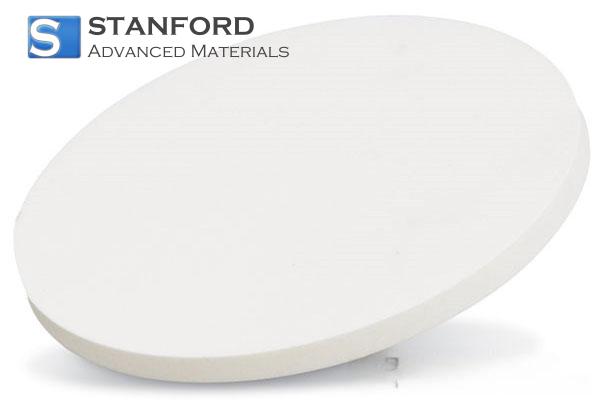
 Chin Trento
Chin Trento

